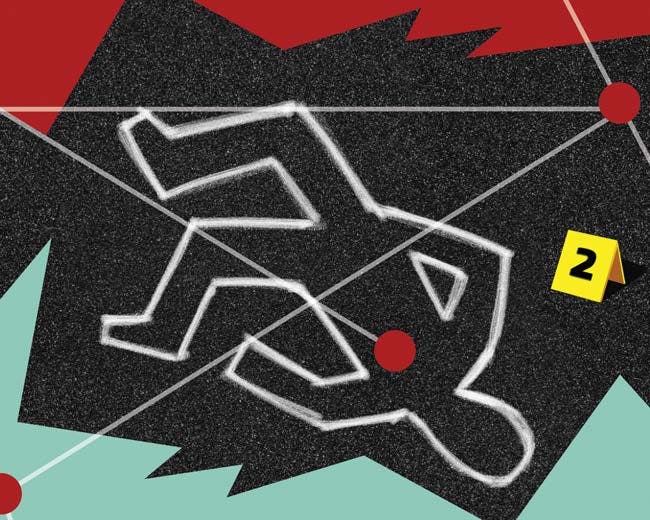Chemistry
Toxicology
At the turn of the 20th century, the average household’s cleaning supplies and health and beauty products often contained deadly chemicals. Insect spray had potassium cyanide; skin treatments contained thallium; creams to soothe teething babies had morphine; and radioactive radium was everywhere from cosmetics to watches and therapeutic tonics. These products were readily available to consumers and packages often had no warning labels and or ingredient lists. The easy availability of these toxins also made them perfect murder weapons.
The science to understand and detect dangerous poisons lagged, and police departments lacked chemistry labs to investigate the increase in suspicious deaths. In 1918, Charles Norris, Chief Medical Examiner of New York City, decided to take action. His first hire was chemist Alexander Gettler, who teamed with Norris to create the country’s first forensic toxicology laboratory. Gettler, known today as the “father of forensic chemistry,” estimated that he investigated over 100,000 deaths during his career.

